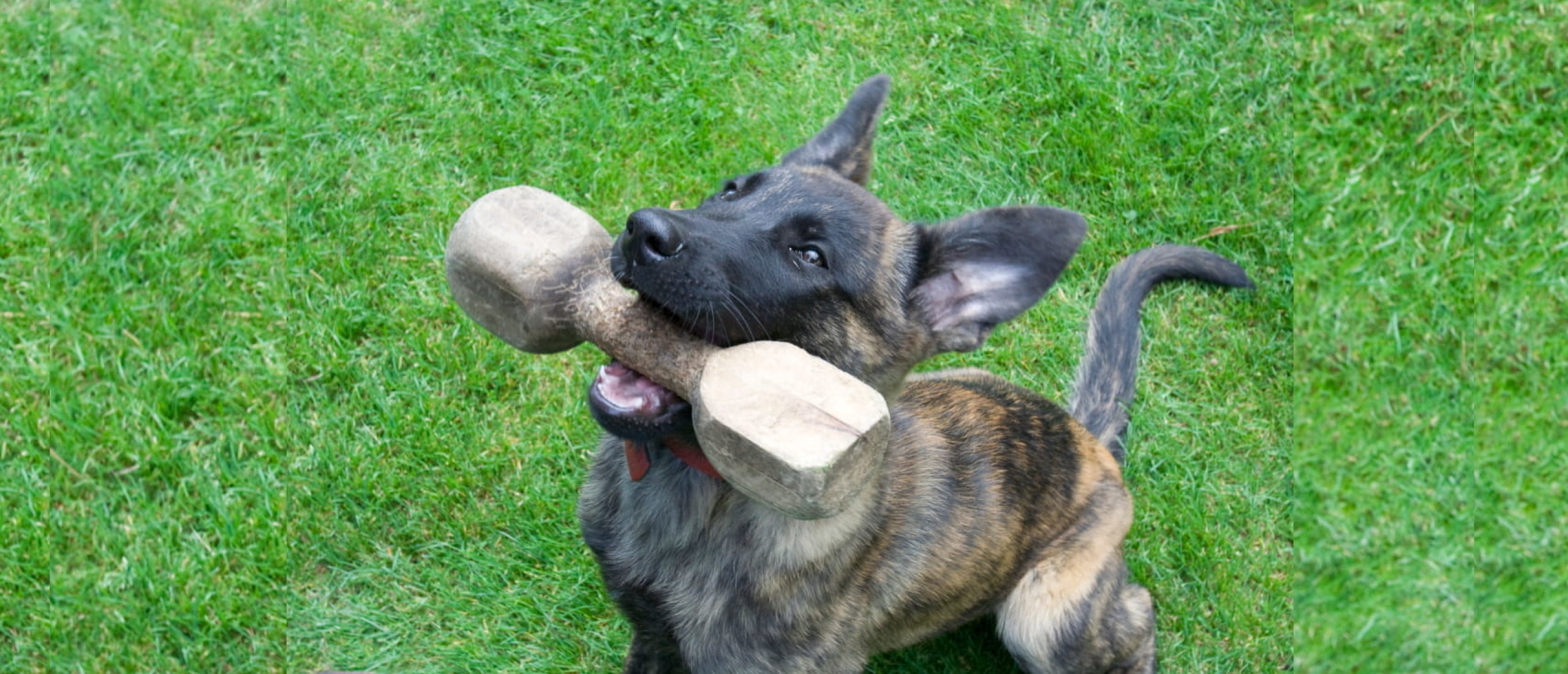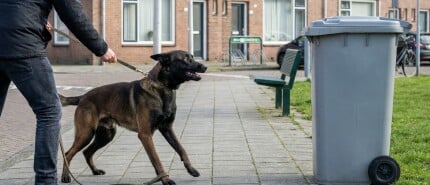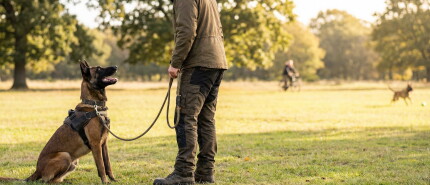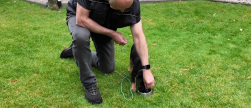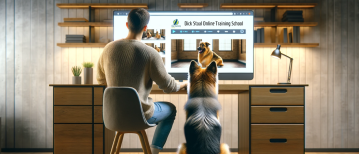The dog sees the object as its prey.
The goal in retrieving is that the dog correctly retrieves the dumbbell, or other object, to its boss. This can be for example a newspaper for a house dog, but also a dumbbell or other (small) object for working dogs that are trained for sports or police work.
There are different systems for teaching retrieving. Some trainers force the dog to take the object in its mouth. There are also many trainers who put the object on a rope and drag it back and forth on the ground. The dog then chases it and eventually starts to take the object in its mouth.
The result of this is that the dog starts to see the object as his prey. He wants to grab it, but then does not want to let go. The dog is going to bite it and shake it back and forth, or wants to run away with it. And he certainly does not want to bring it to his boss, because he already sees the object as his reward.
Not the object, but rather the reward should be important
We use a different, very positive system, to train this. Namely, we establish a relationship between the object and the reward. We teach the dog that when he retrieves the object to us, that this gives him his reward.
By establishing this relationship, the dog learns a very important basis. After all, the object provides him with his reward. If he retrieves the object correctly, he will be rewarded for this directly by his boss. The dog is thus highly motivated to retrieve the object.
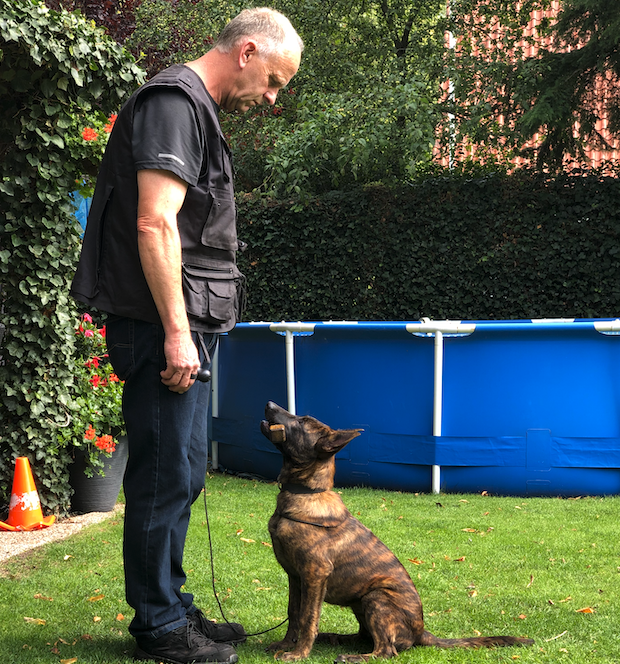
Every object can be retrieved
By training in this way, the object becomes totally uninteresting to the dog. The reward is exactly what the dog does it for. It makes no difference which object the dog has to retrieve in this system. By training this way, the dog will not see the object as prey and will not want to run away with it or bite in it. But on the contrary, he will want to give it to his boss as quickly as possible, to get his reward. A dumbbell, keys, the newspaper or any other object, in this system it makes no difference to the dog.
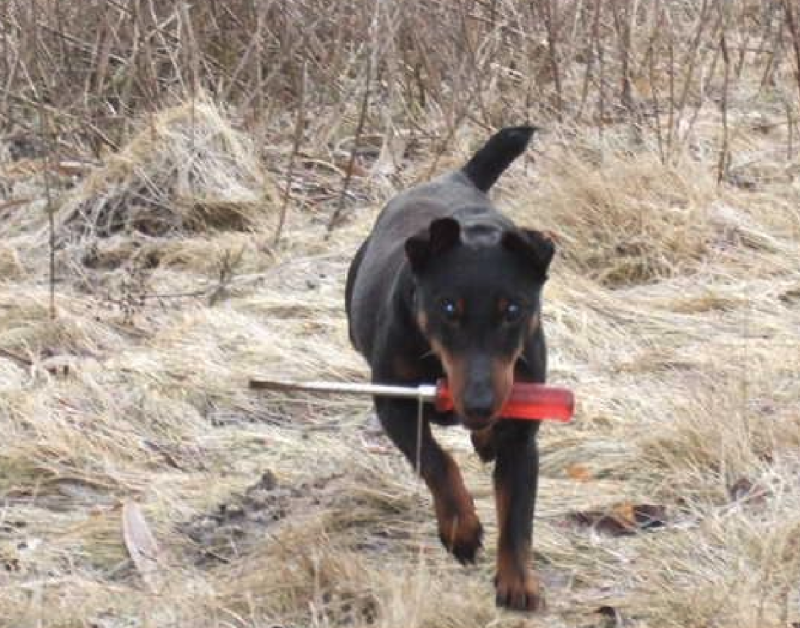
Low and high drive
Teaching retrieving we always do it with food. When we train with food we call this training on low drive. This means that the dog can think well and is not too excited. Also, if we have dogs that have huge prey drives, we always start with food. If we didn't do this, the dogs would be too excited because they want to get their big reward quickly. This prevents them from thinking clearly and learning quickly. Another advantage of training with food is that you can do many repetitions in a short time with short reward moments.
Once the dog understands the exercise, we start introducing his big reward. This can be a ball or bite-roll, for example. From then on we start training on high drive. The dog will then perform the exercise with more speed because he is excited to get his big reward.

